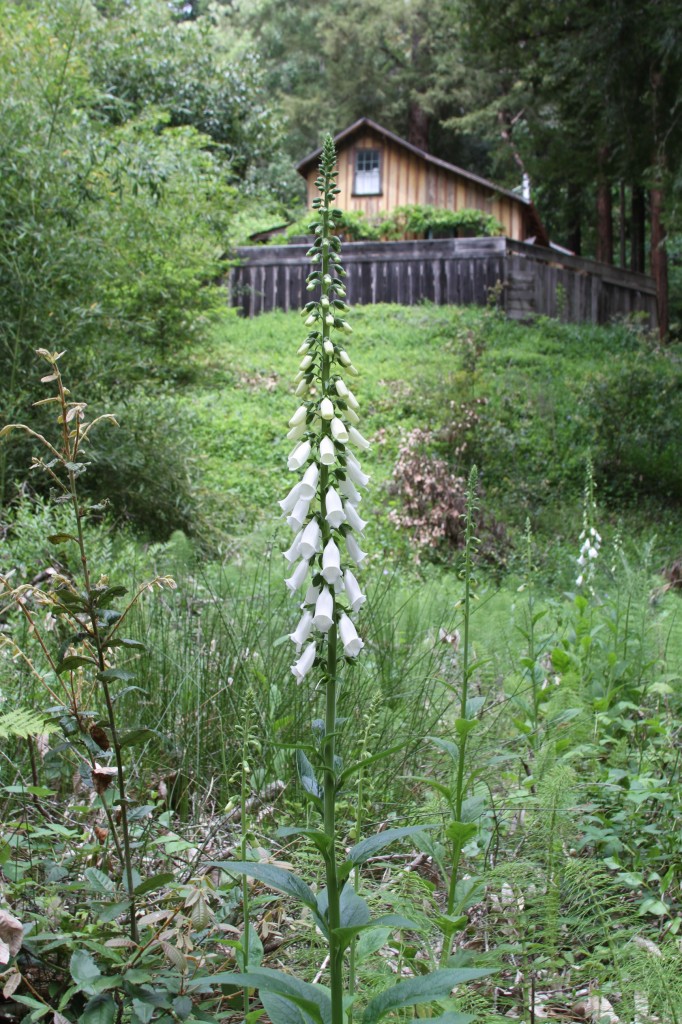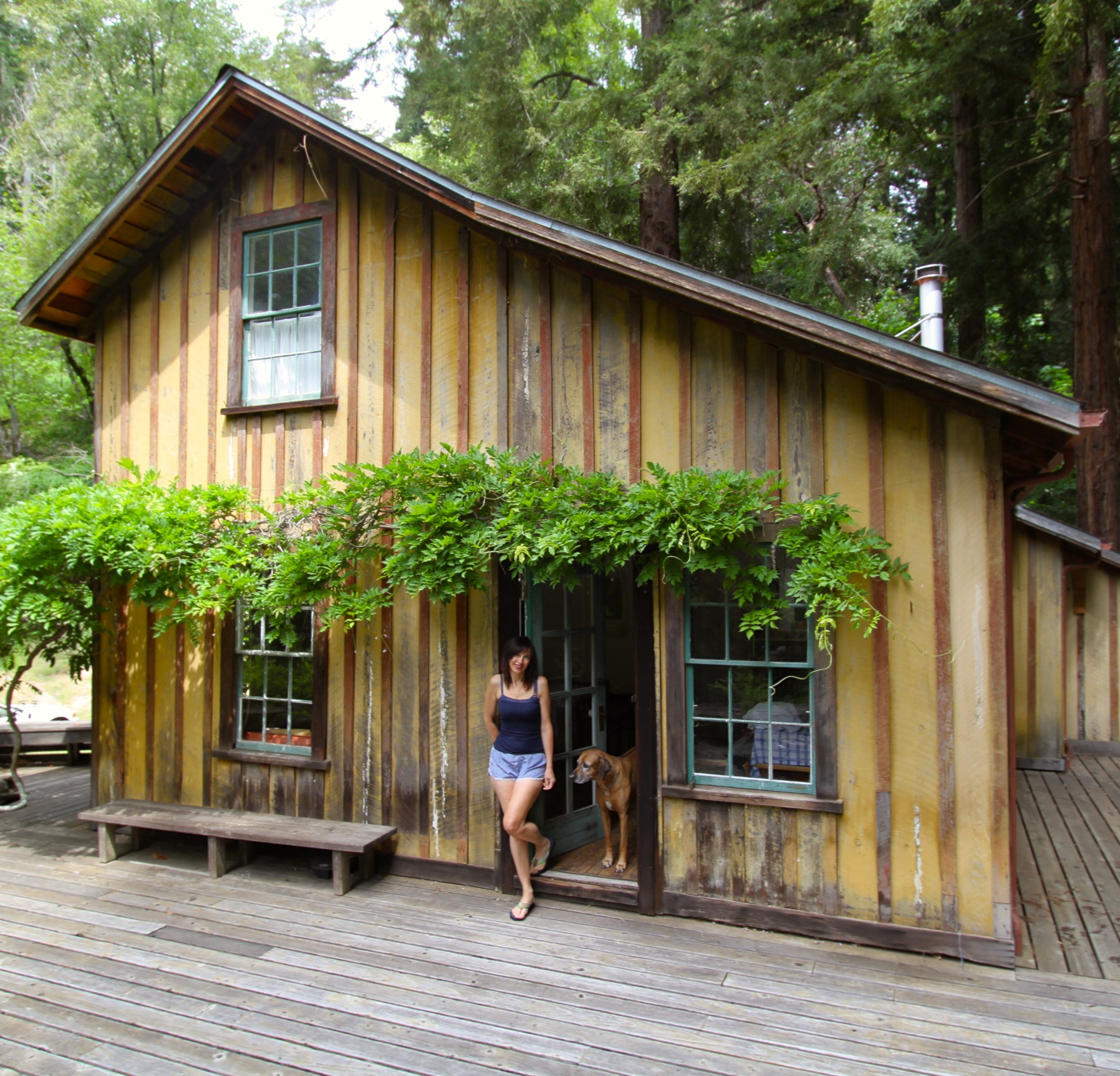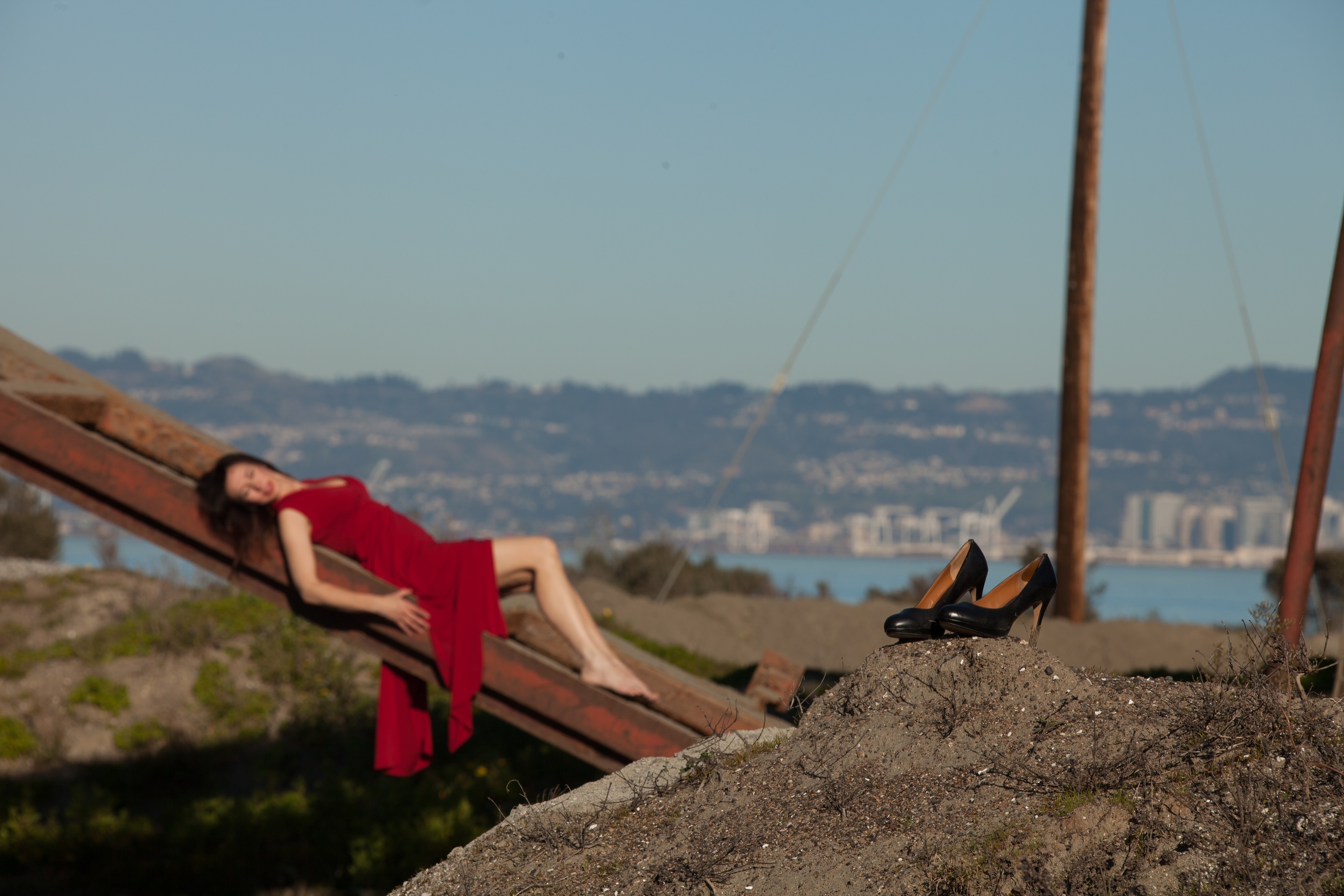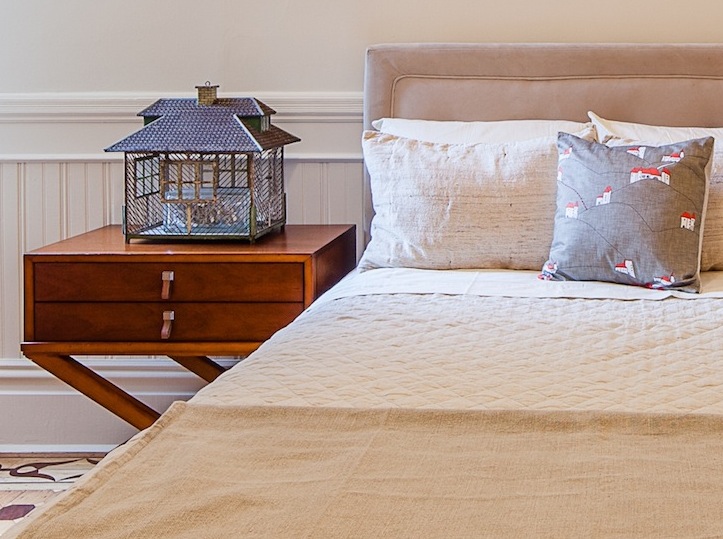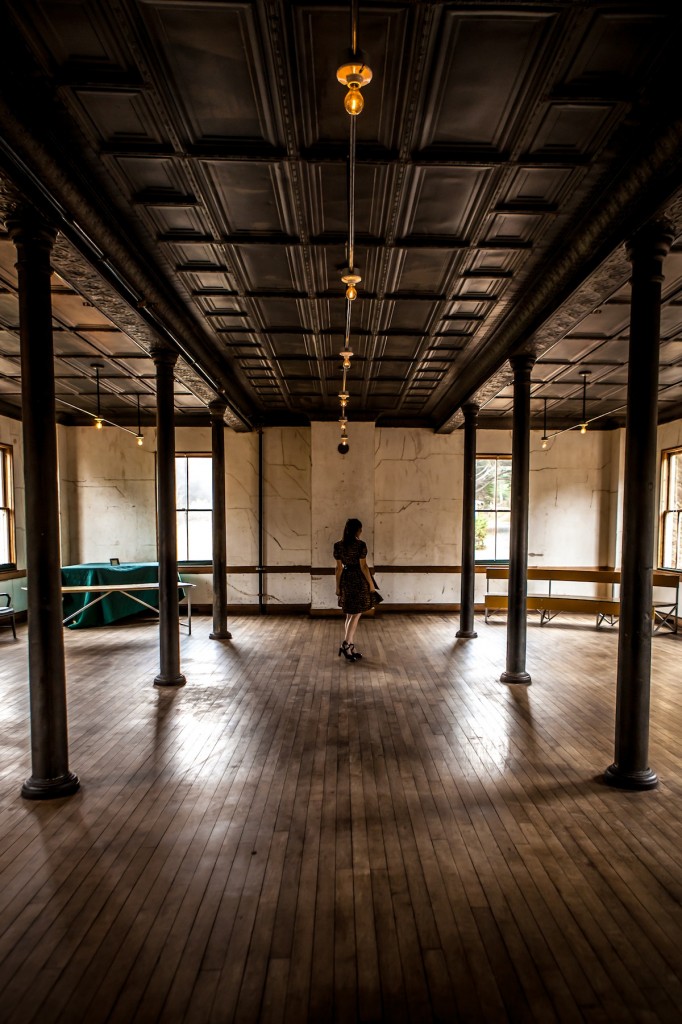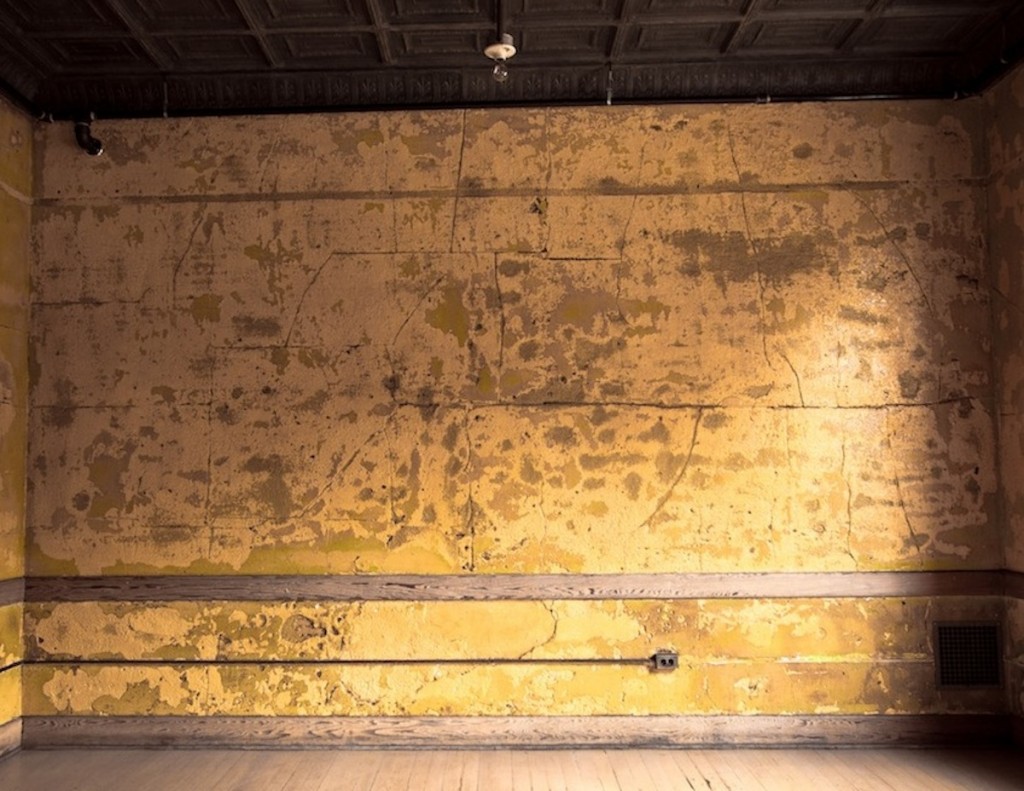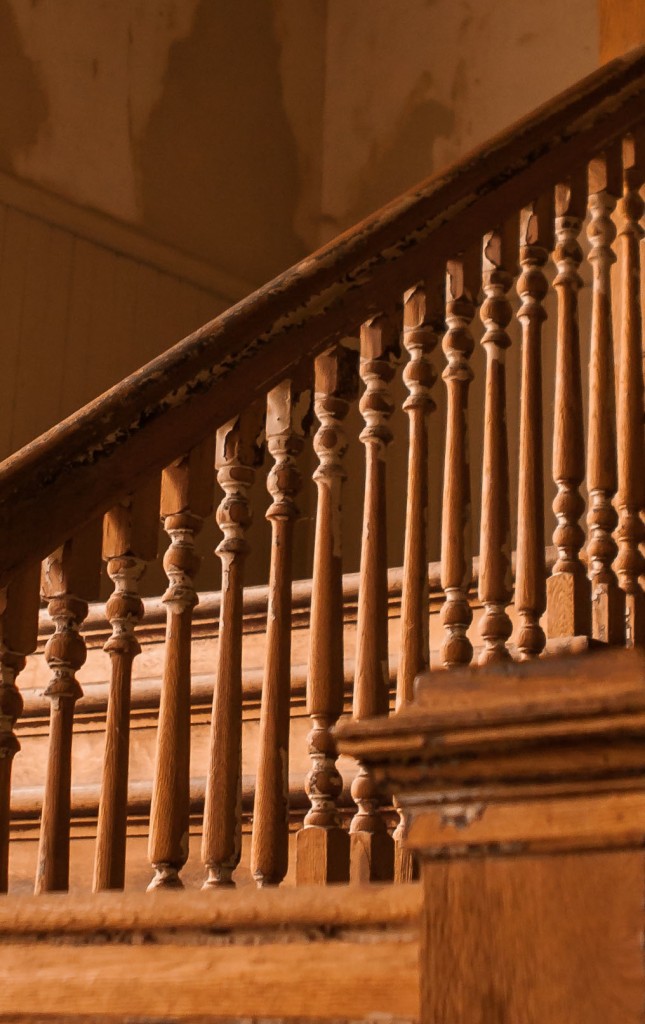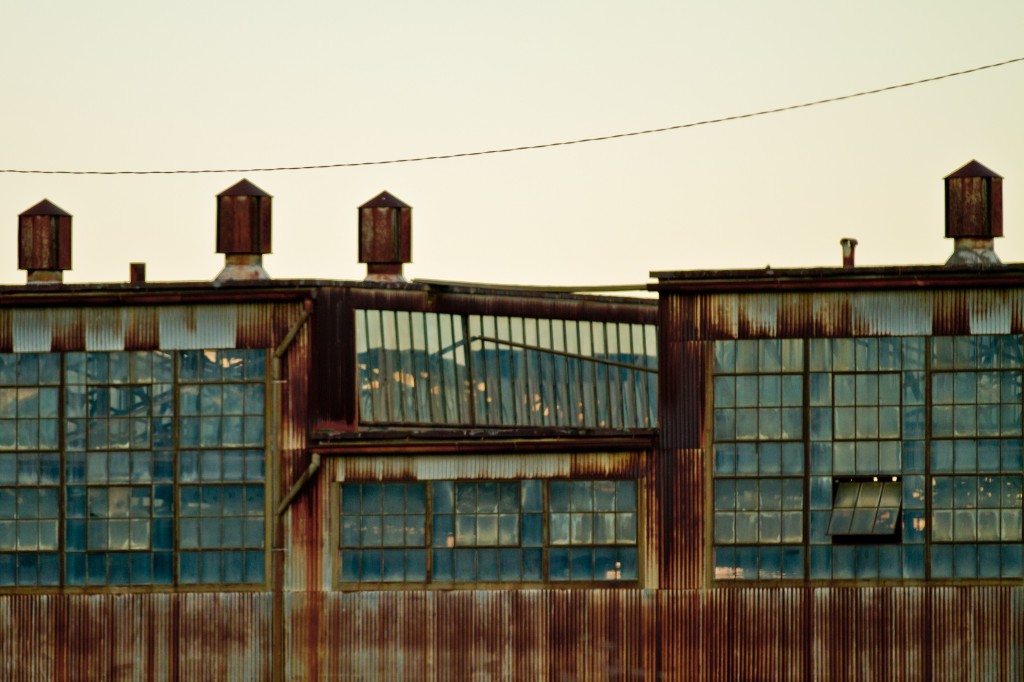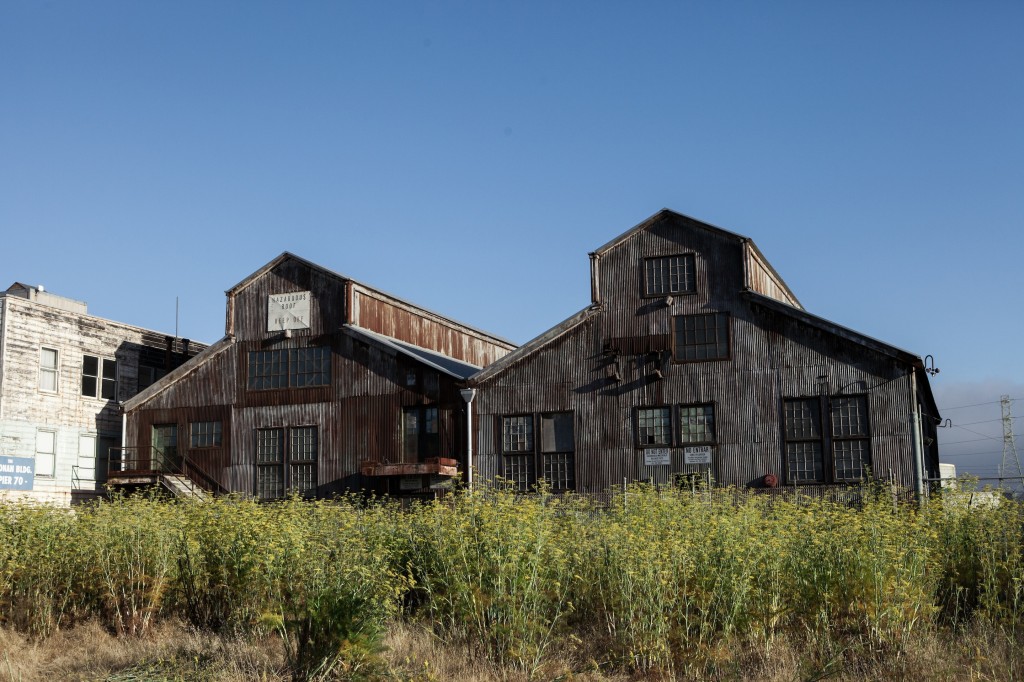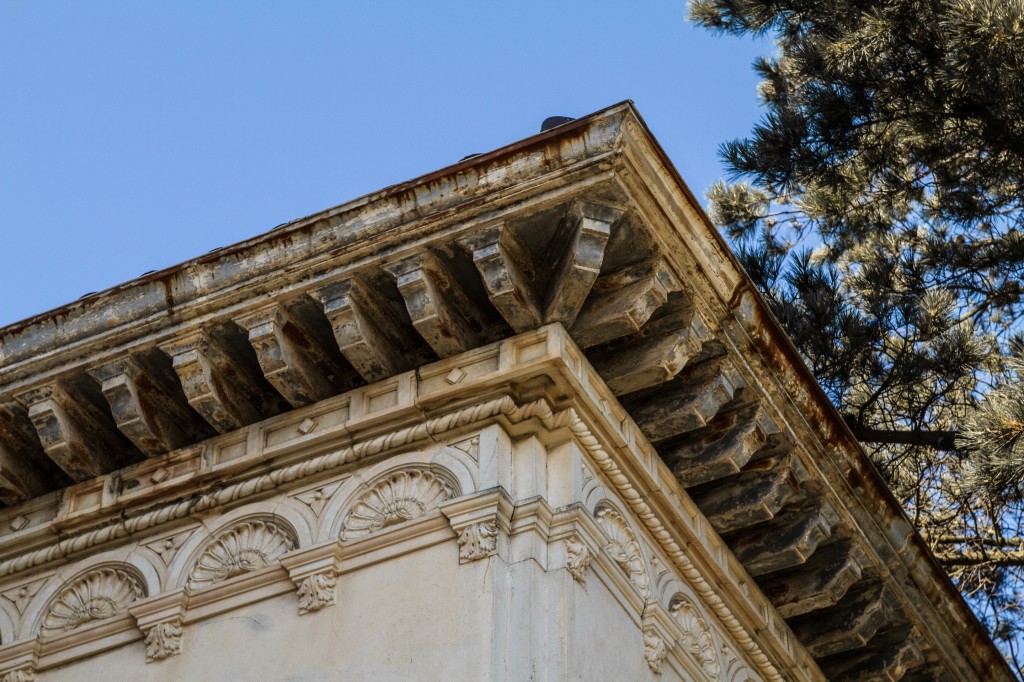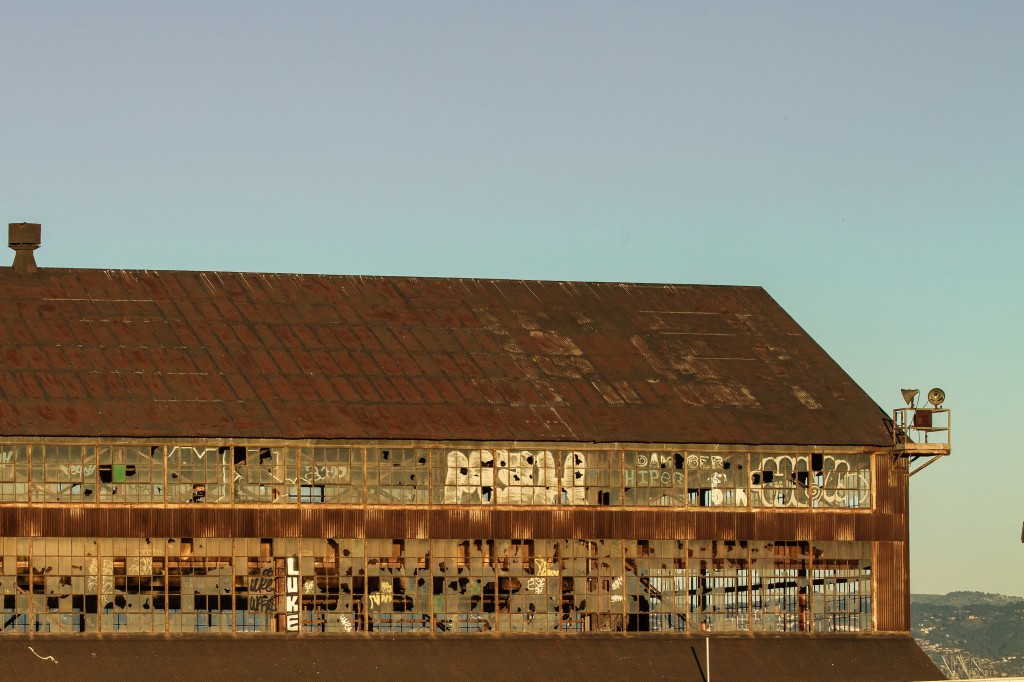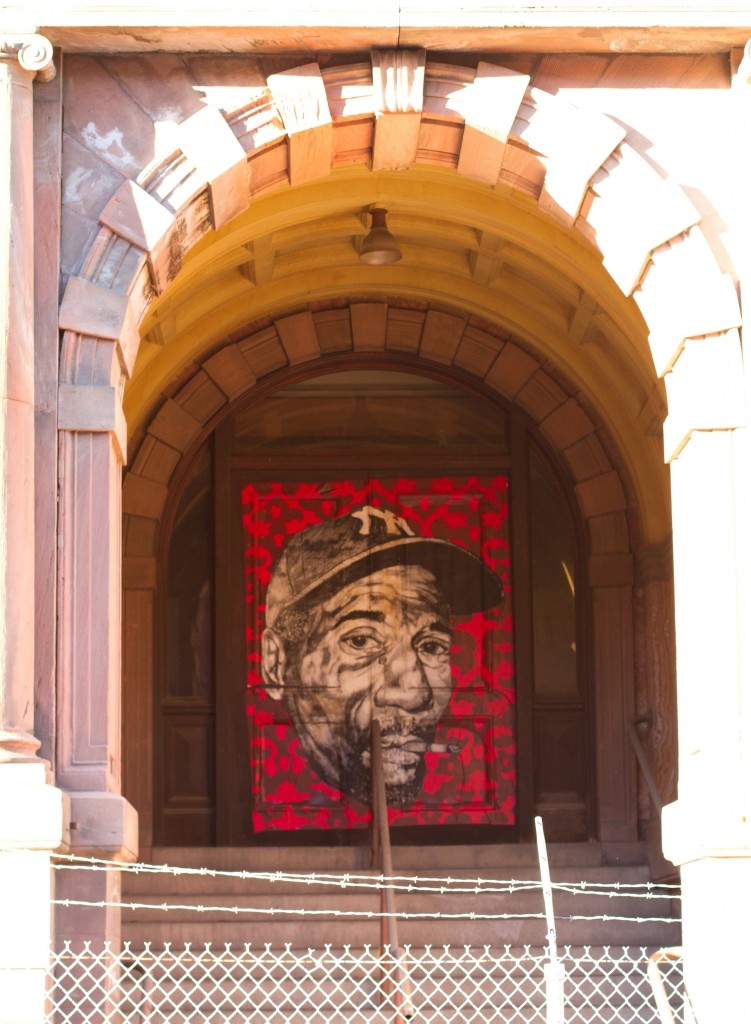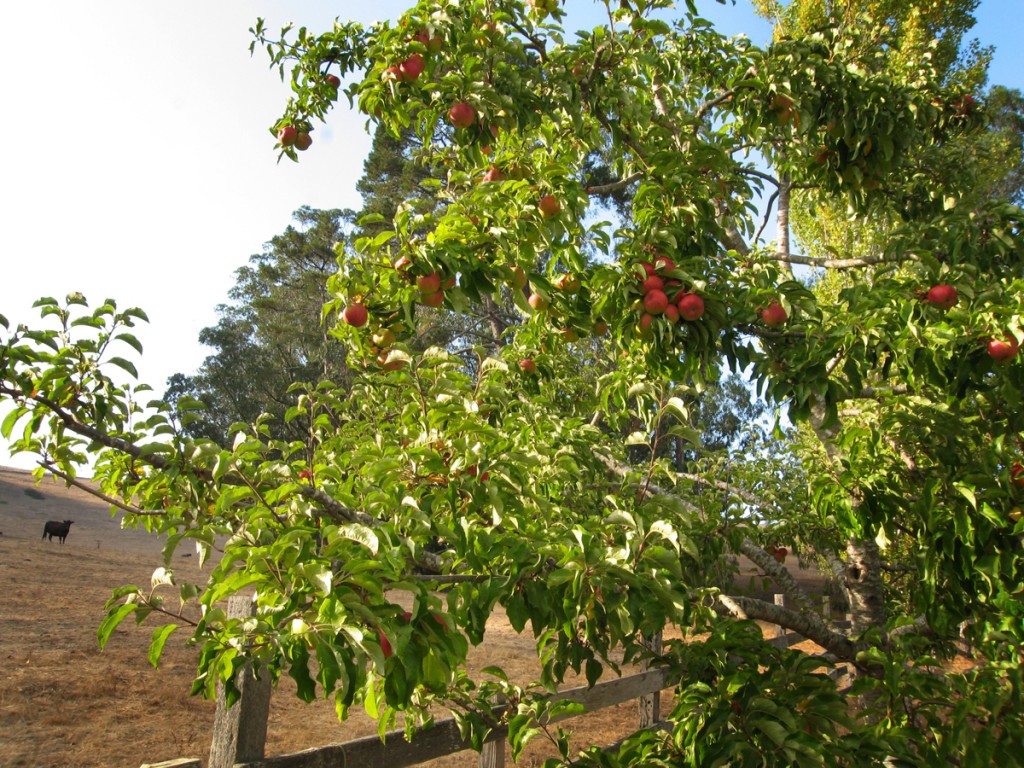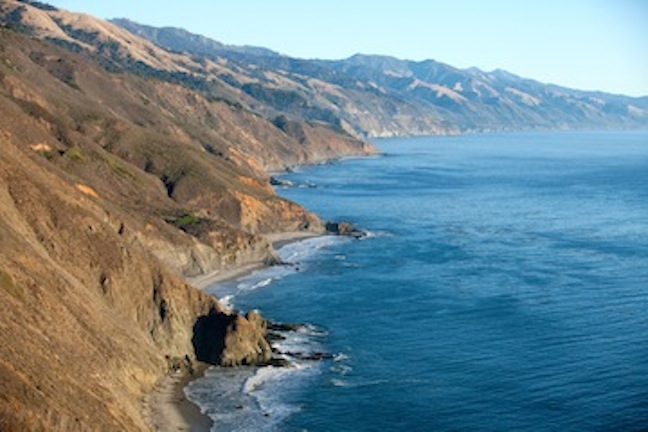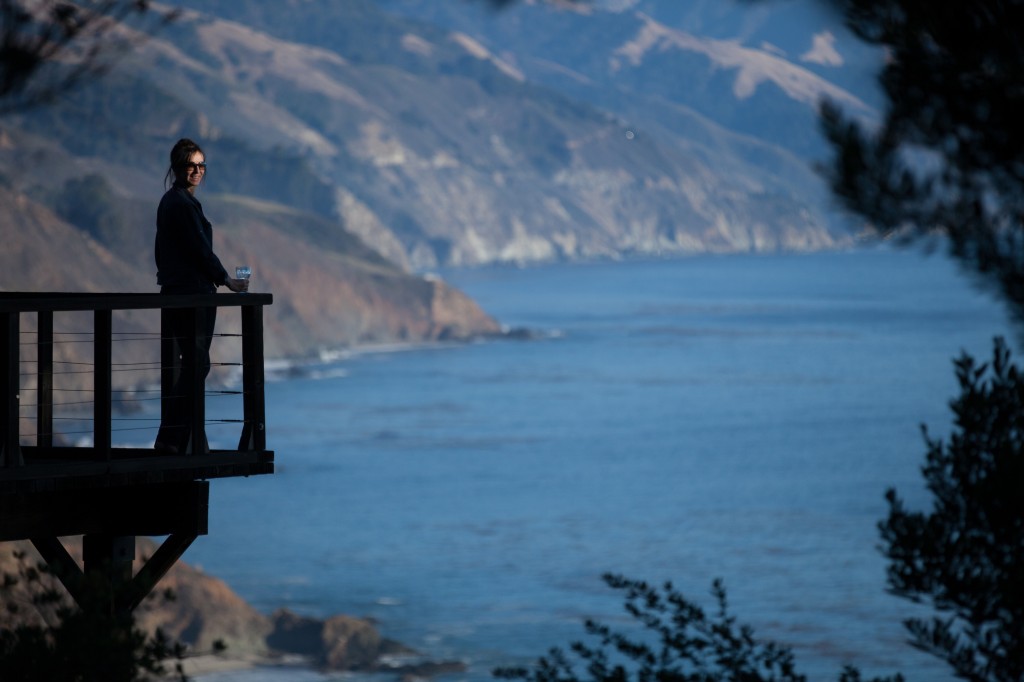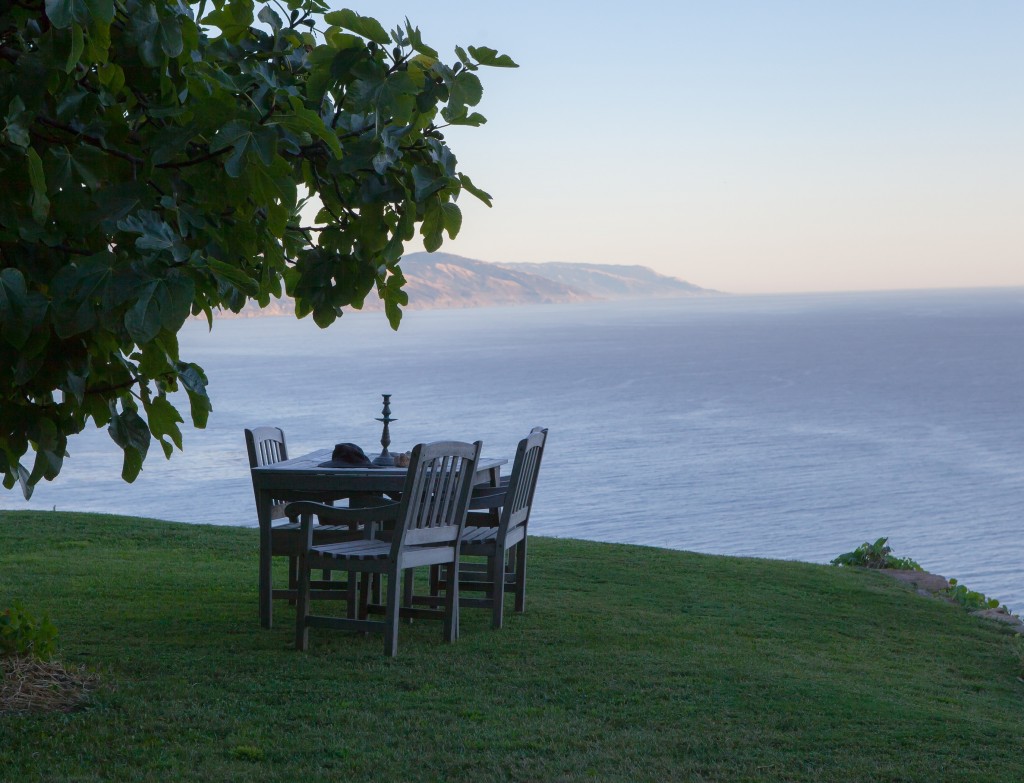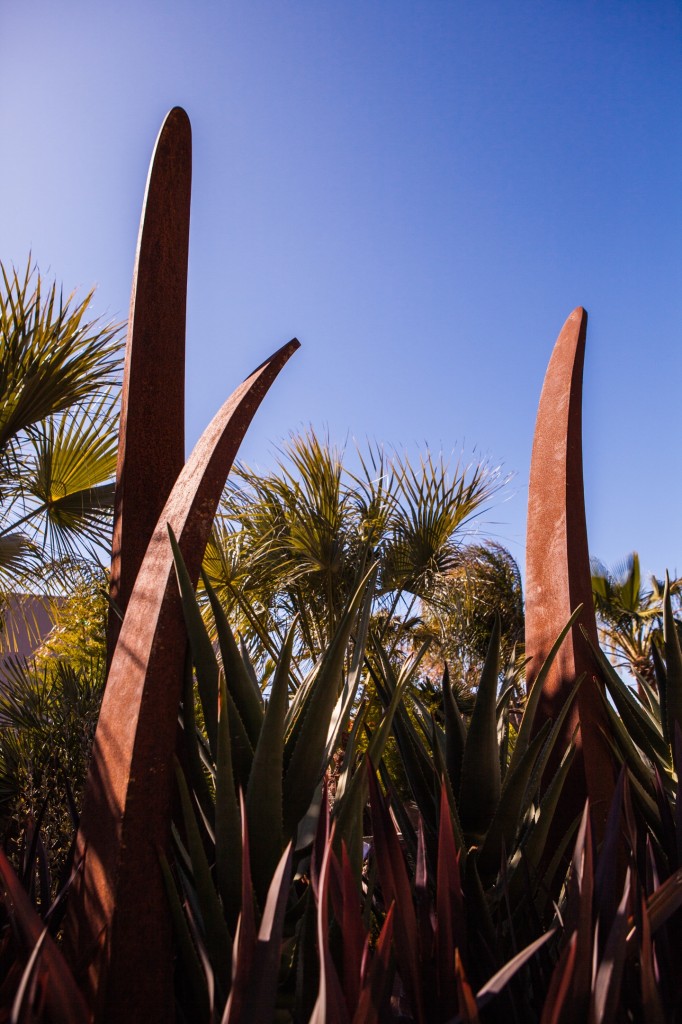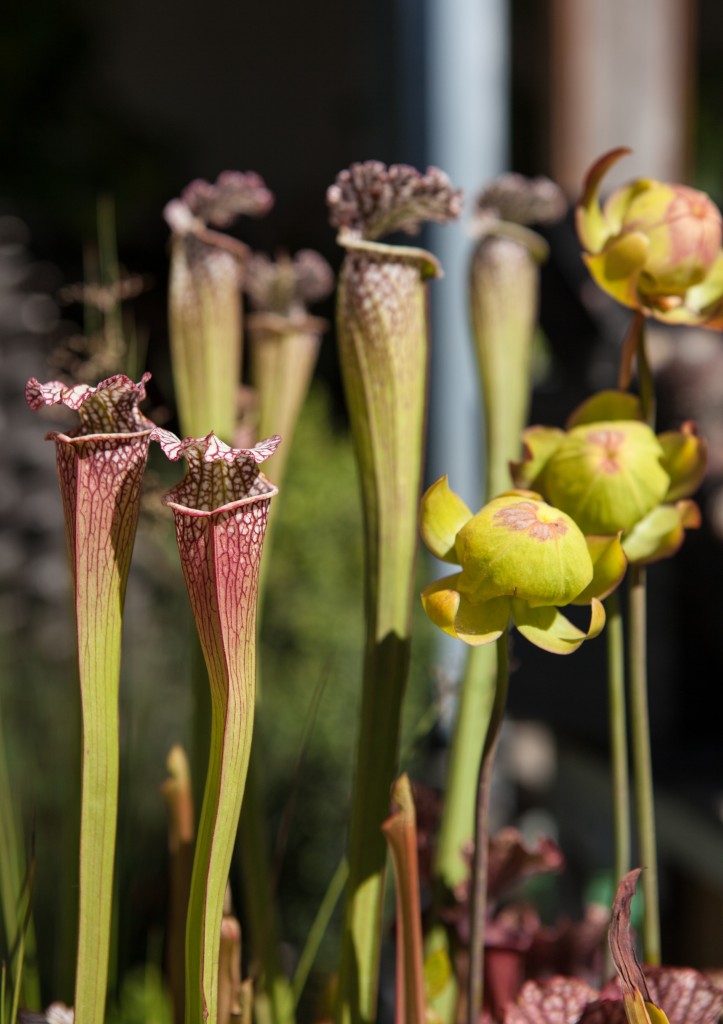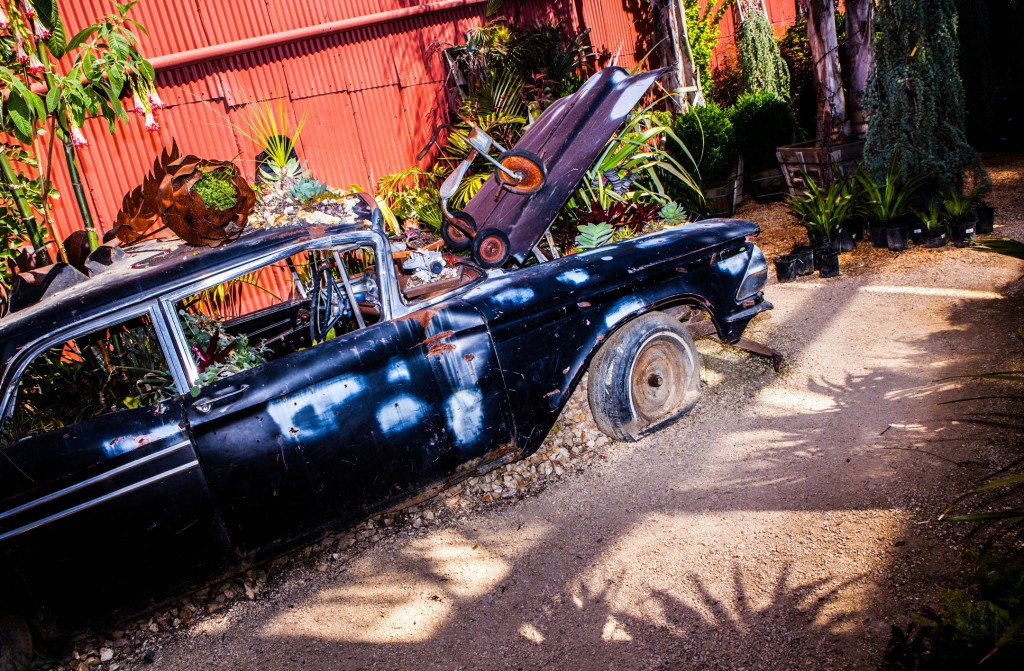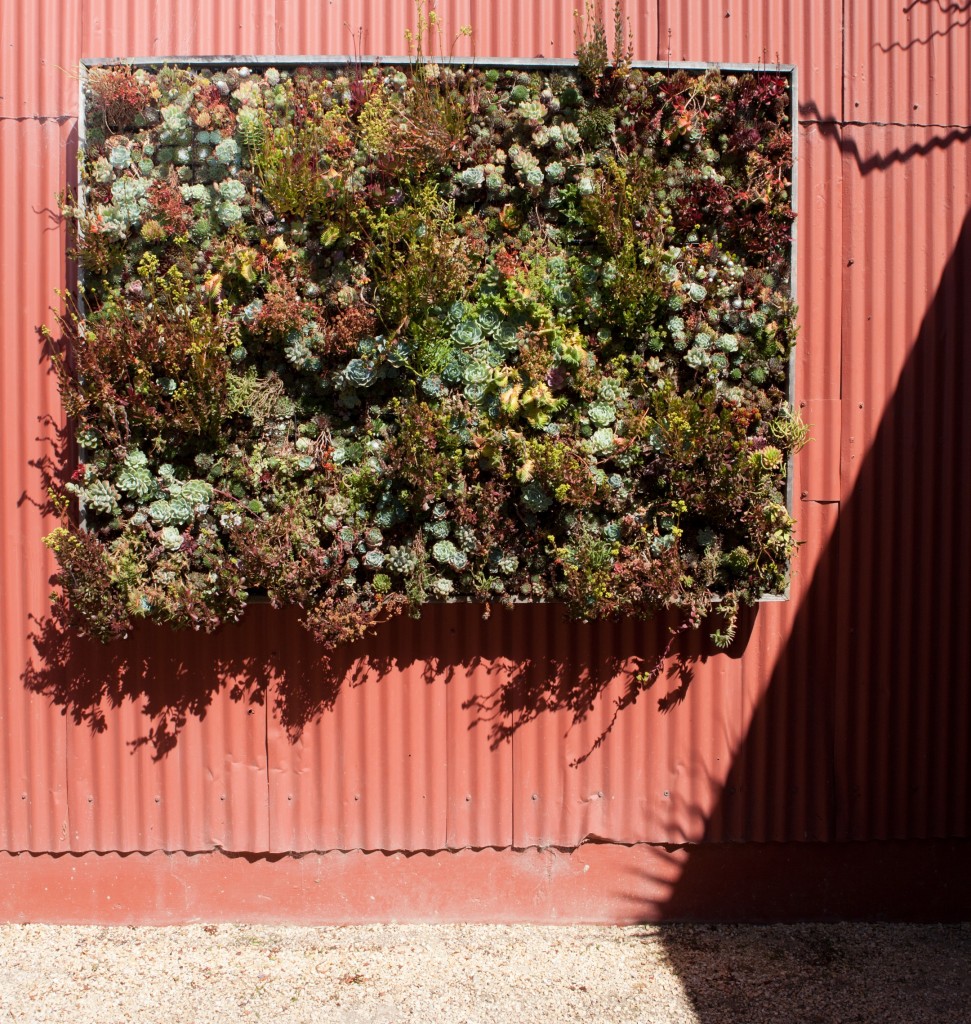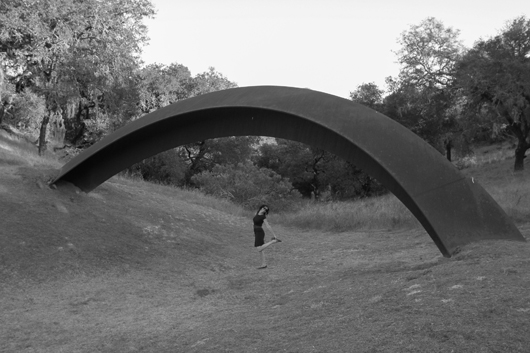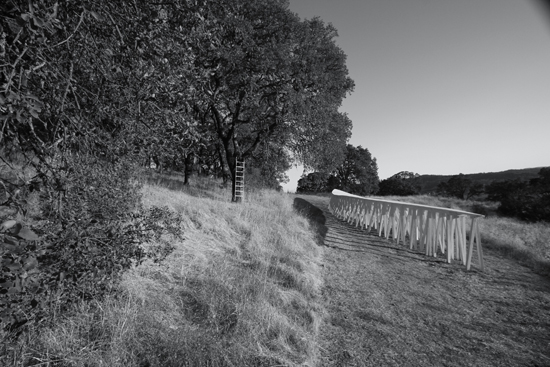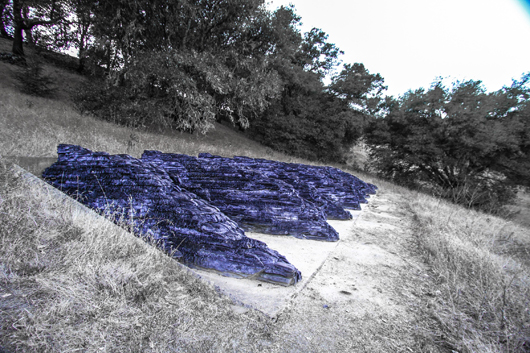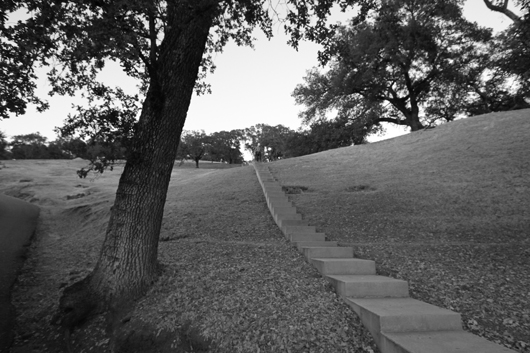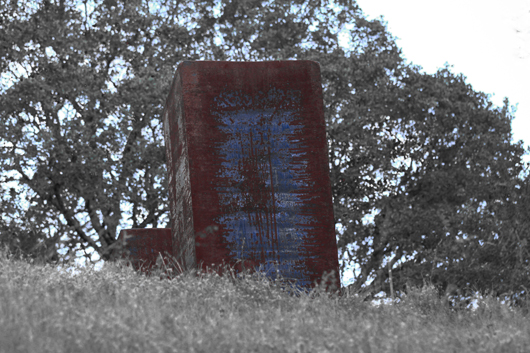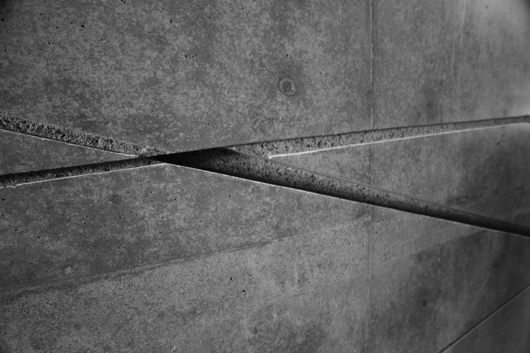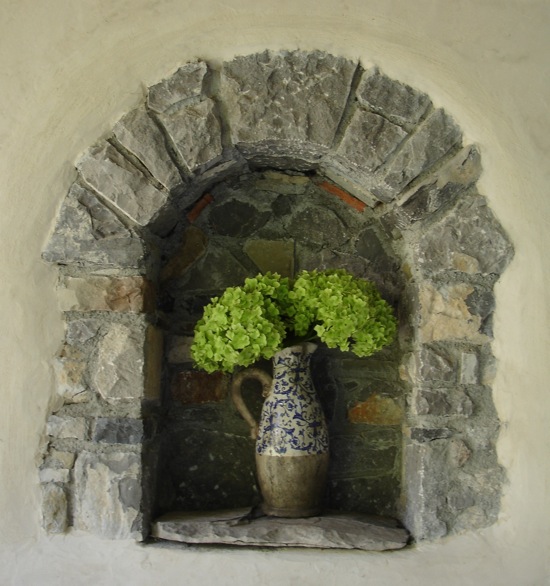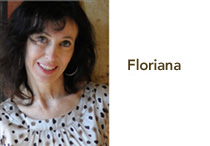The aqua-blue, clear swimming pool
One-hundred-years-of-solitude ago Santa Cruz was much like the weekend refuge Napa Valley has become. And so in 1916 a Berkeley residents Sarah and Warren Gregory decided to buy a charming old country house in the foothills above the town. The house, in South Pacific Railroad colors — red, green and gold — had been built in 1890’s on a green hillside with a creek running underneath.
They had four children and imagined that each would have their own house. Sarah hired a friend of hers, the renown Berkeley architect, William Wurster, who was well known to build “frames for living: spaces that could be fully transformed by the occupant to meet their needs and desires, well-designed canvases for homemaking.” Wurster designed the houses, building them just far enough from each other so that each enjoyed privacy, and so gave life to a fairytale lifestyle for families to enjoy warm summer evenings.
In the 1920’s and 1930’ the Gregory compound attracted Sarah’s friends in the Arts and Crafts Movement, who built their own houses nearby. The result became an artistic and intellectual summer colony, filled with young families. In late 30’s Sara, who had become something of a matriarch, decided that with the increasing number of children a pool was in order. And so, between all the houses, in the middle of the forest, at the geographic center of the compound, she commissioned the building of an aqua blue, clear swimming pool.
Over the years the pool, an attraction for life both wild and demure, has been the setting for various stories and myths. One story involves a famous neighbor, Alfred Hitchcock, the great American master of suspense, who lived nearby and did a considerable amount of entertaining. But he didn’t have a pool and, so the story goes, one extremely hot Sunday afternoon, his guest Ingrid Bergman came to the Gregory’s hoping to go for a swim in the aqua blue, clear pool. You will remember that Ingrid Bergman starred in several Hitchcock films, not least Notorious, which among buffs is always noted for one of the most erotic kissing scenes in cinema history.
Nevertheless, on this particular afternoon her desire was refused; someone raised the question of liability. One can imagine she must not have been amused. Nor Sir Alfred. Not long afterward, “Hitch” sold the house — to an alleged Mafioso who didn’t need a pool so much as a helicopter-landing pad.
The Gregory family still enjoys summers there. I visited not long ago, joining my friend Sydney, a 4th generation member of the family, along with her daughter Natalie, the 5th generation to enjoy warm summer evenings next to an aqua blue, clear swimming pool.


